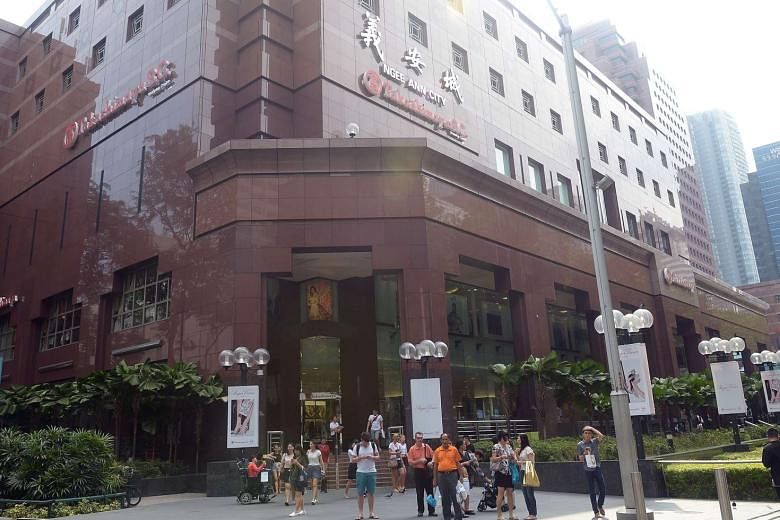Shoppers at electronics retailer Challenger's e-commerce store can either collect their purchases at one of its physical shops or have them delivered.
They can also check whether a specific product is available at a certain store, so they will not have to make a wasted trip.
This integration between the firm's online and offline stores was held up by Minister for Trade and Industry (Industry) S. Iswaran yesterday as an example of a traditionally brick-and-mortar retailer that remodelled its business to escape becoming irrelevant.
Firms should innovate, be bold in piloting new technology, redesign jobs and expand overseas through e-commerce, said Mr Iswaran, detailing a road map up to 2020 to help retailers transform their businesses and stay competitive.
He highlighted several challenges facing the industry, such as the shift in consumer buying habits from physical stores to online sites, competition from regional destinations, and manpower constraints.
At the same time, Asia's middle class is growing and customers are getting richer. Also, technological advances mean that markets will be more connected and information more easily shared.
The Government will identify possible online platforms for retailers. The aim is to grow the e-commerce share of total retail receipts from the current 3 per cent to 10 per cent by 2020, said Mr Iswaran.
There are about 21,000 retail establishments here, employing approximately 3 per cent of the total workforce. Retail receipts hit $35 billion last year and contributed to almost 1.4 per cent of Singapore's gross domestic product.
Firms can also use e-commerce to reach out to consumers overseas and internationalise their business, Mr Iswaran said. The Government will help firms join e-commerce platforms such as Tmall, Reliance and Newegg.com, which target consumers in China, India and the United States.
He also called on firms to pilot emerging technologies, such as an app by furniture giant Ikea allowing customers to virtually place and view some 400 products in their homes, through augmented reality.
"Our goal is for the retail industry to achieve an average annual productivity growth rate of 1 per cent from now till 2020 without increasing the sector's overall reliance on manpower," said Mr Iswaran.
The agencies will conduct master classes where retailers can learn how to adopt manpower-lean models or pick up Web analytics skills.
Associate Professor Prem Shamdasani, from the department of marketing at the National University of Singapore's Business School, said one challenge in implementing the road map is changing the mindset of retailers to get them to embrace e-commerce.
"Retailers need to be convinced of the sustainable benefits in terms of revenue and profitability, productivity and customer loyalty," he said.
Meanwhile, Challenger's shift in strategy has paid off. Said Ms Loo Pei Fen, its chief marketing officer: "Because we put online (presence) as a priority and kicked it into high gear in April 2016, we managed to achieve an 8 per cent increase in revenue for Q3 2016, with online sales leading the growth."


